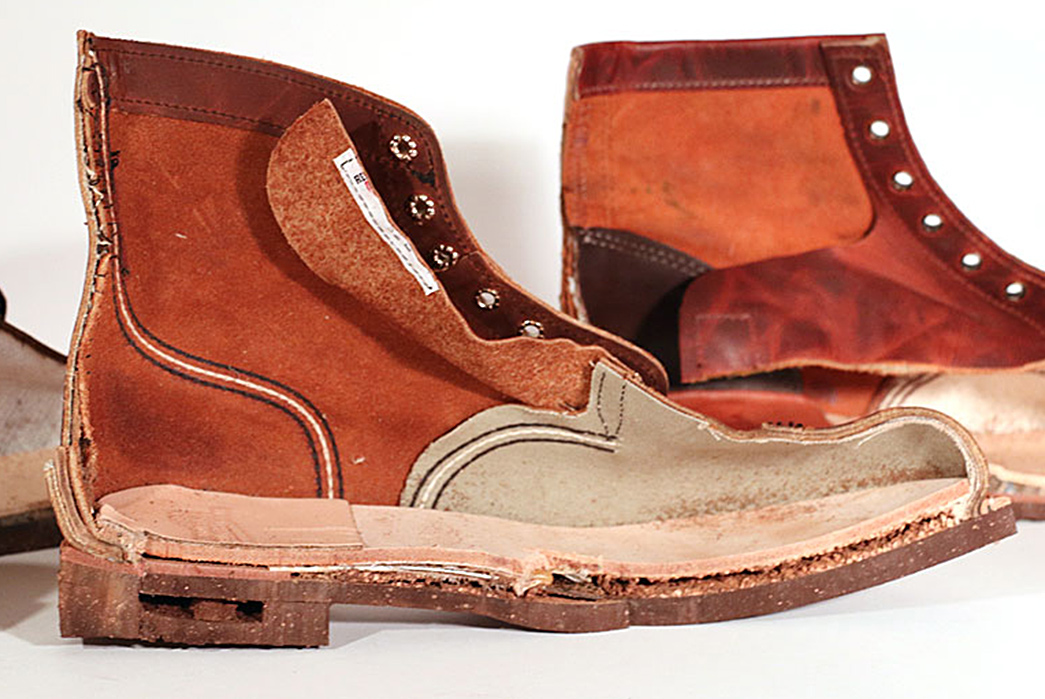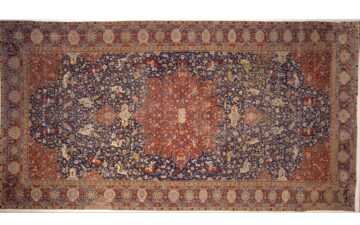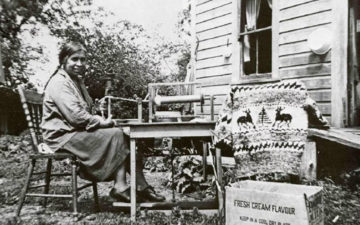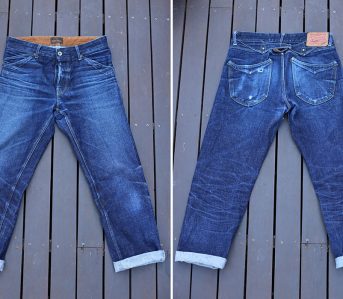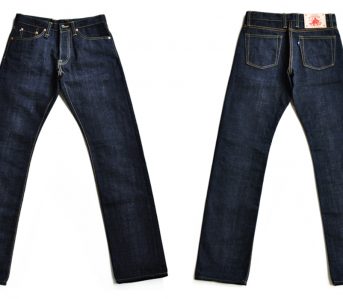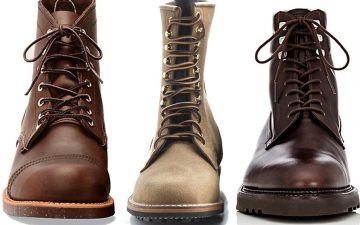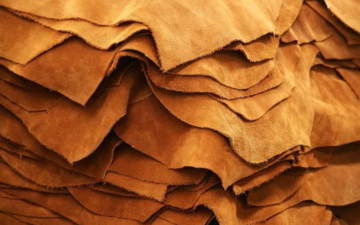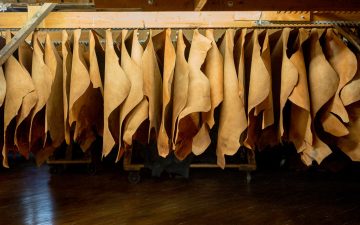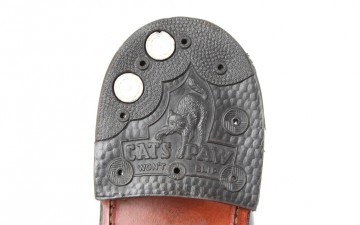Shoes are far more complicated than the average joe may know. And here at Heddels, we like to get down to the nitty-gritty details of things. Chances are that in your time on our site you’ve been a little stumped by the technical breakdowns of shoes and boots, but soon you’ll be a gosh darn expert.
Today we shall define in the simplest of laymen’s terms the many parts that make a shoe awesome. This is good for two reasons: the first being that you’ll know more about something you like and the second is that you can scare the bejeezus out of whoever’s working at your local shoe store next time you drop by.
Sole
Outsole
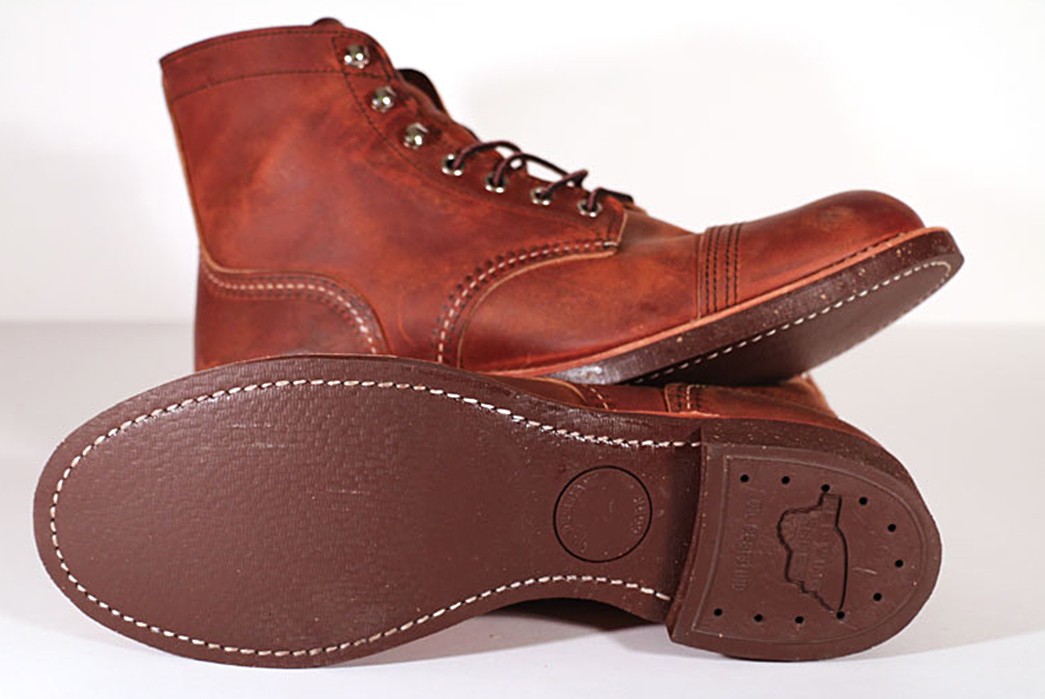
Nitrile outsole on a pair of Red Wing Iron Rangers.
The outsole is the outermost part of the sole of your shoes. This is the part of the shoe that comes into contact with the ground and can be made of any variety of materials. Leather outsoles are common in dressier shoes, but in workboots a rubber outsole is more common (think Vibram). And in goodyear welted shoes, this outsole can be replaced when it wears thin, increasing the life expectancy of your favorite footwear. Check out our article on the most common outsole options.
Heel
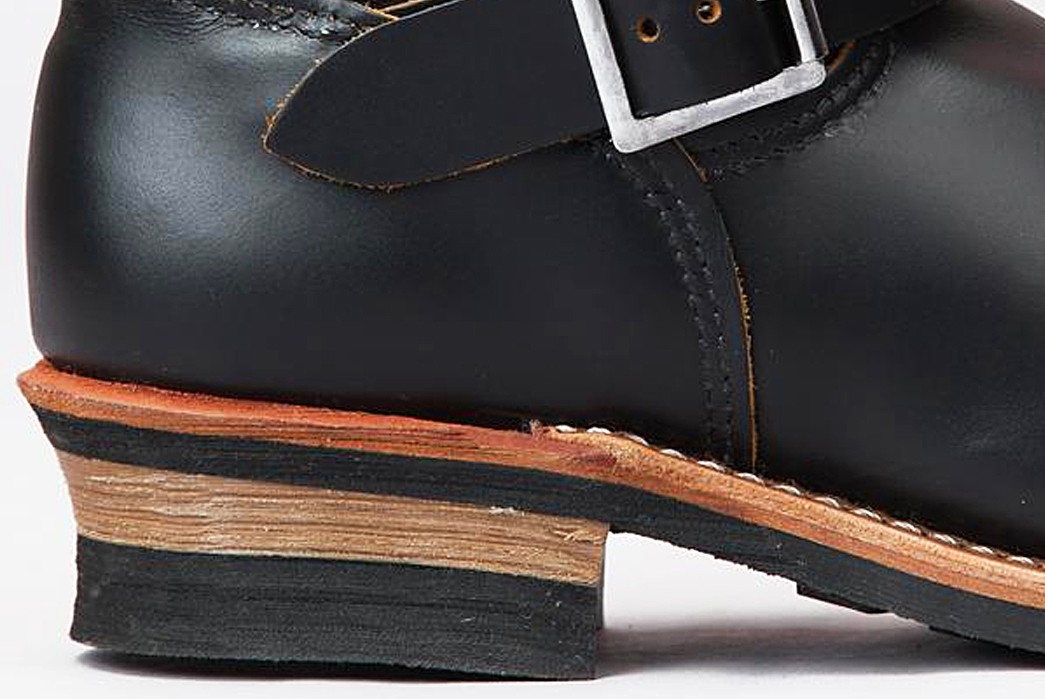
Leather stacked heel on a pair of Red Wing Engineer Boots.
The heel of a shoe is where the heel of your foot goes. The heel raises and supports the back of the foot and is typically made of stacked leather or rubber. The top piece is the actual part of the heel that comes in to contact with the ground.
Cork
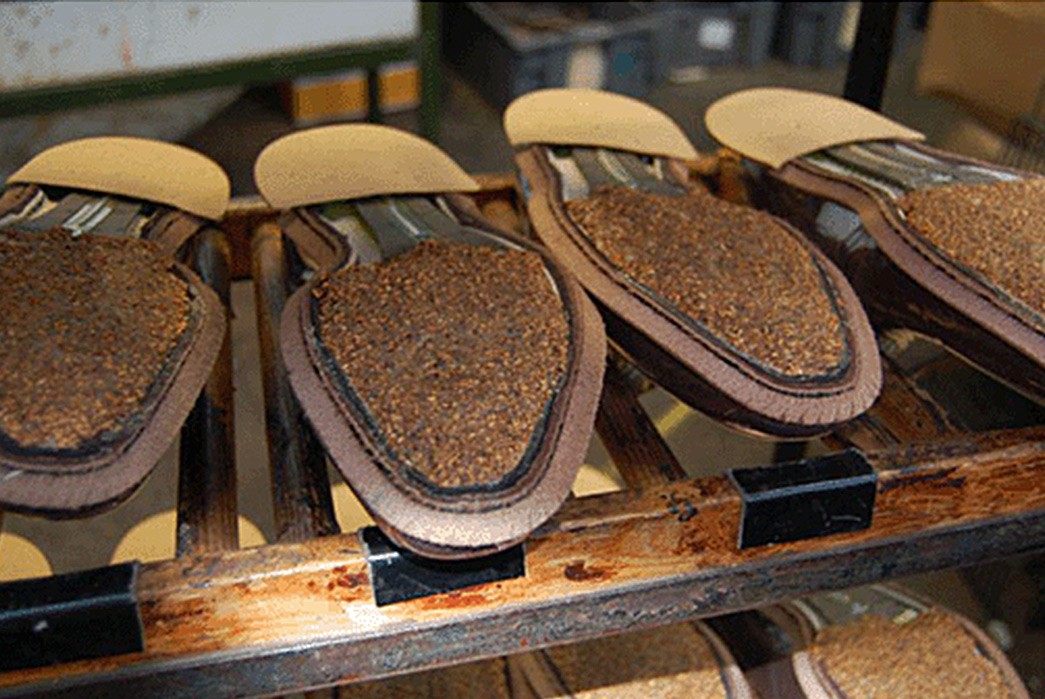
Cork filling on shoes in construction. Image via Alan Murray.
Many shoes have a layer of cork underneath the insole, which molds to your unique foot shape for better comfort. It fills a cavity between the insole and the midsole and while here are other kinds of “filler,” cork is the most commonly used.
Midsole
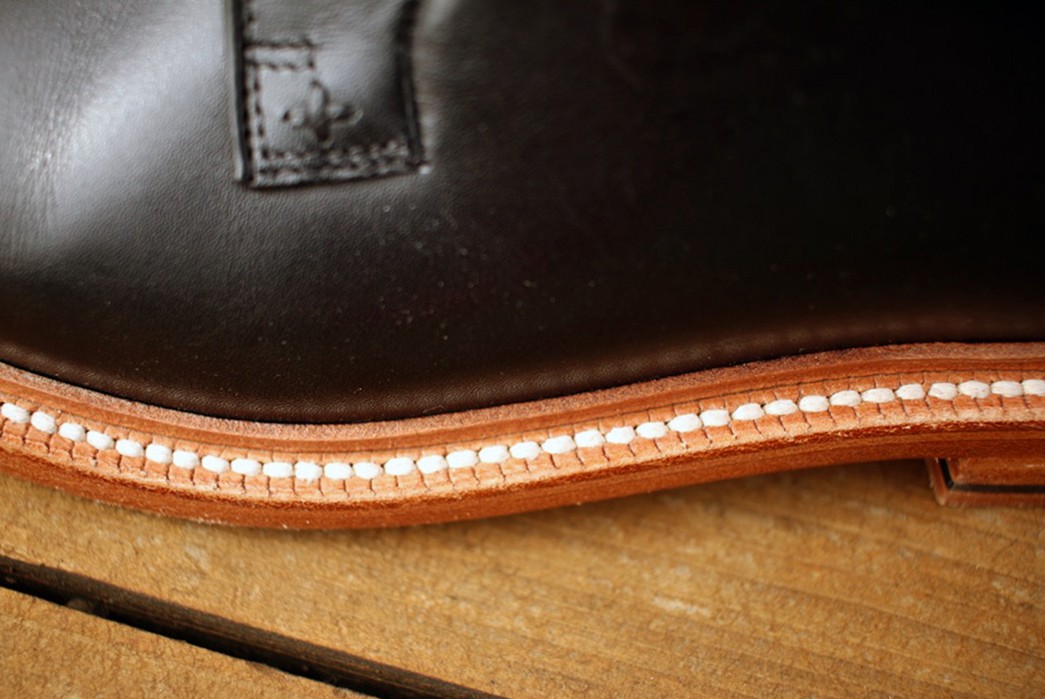
Midsole on a pair of Grant Stone Derbies.
The midsole of serves as a barrier between the interior of your shoe (and the feet within) and the outsole. The softer a midsole, the sooner your shoe will break in, but a tougher, less flexible midsole makes for a longer-lasting shoe.
Insole/Plug
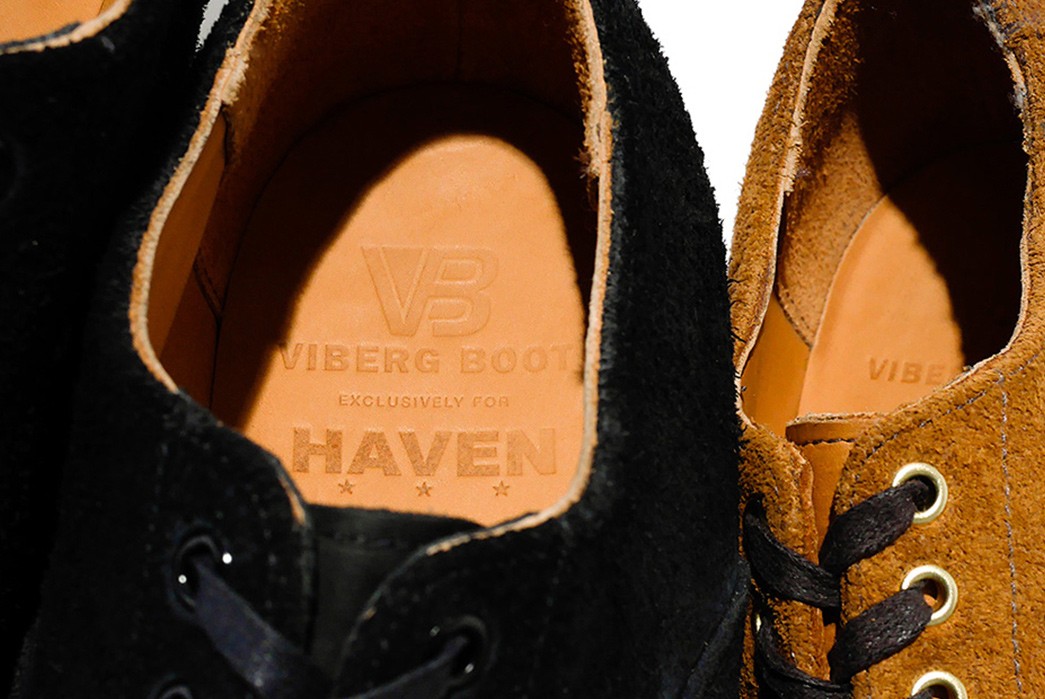
Leather insole on a pair of Viberg x Haven collaboration shoes.
The insole is the part of the shoe that touches your actual foot. It’s a layer of material (sometimes leather) that conforms to and cushions your foot.
Welt
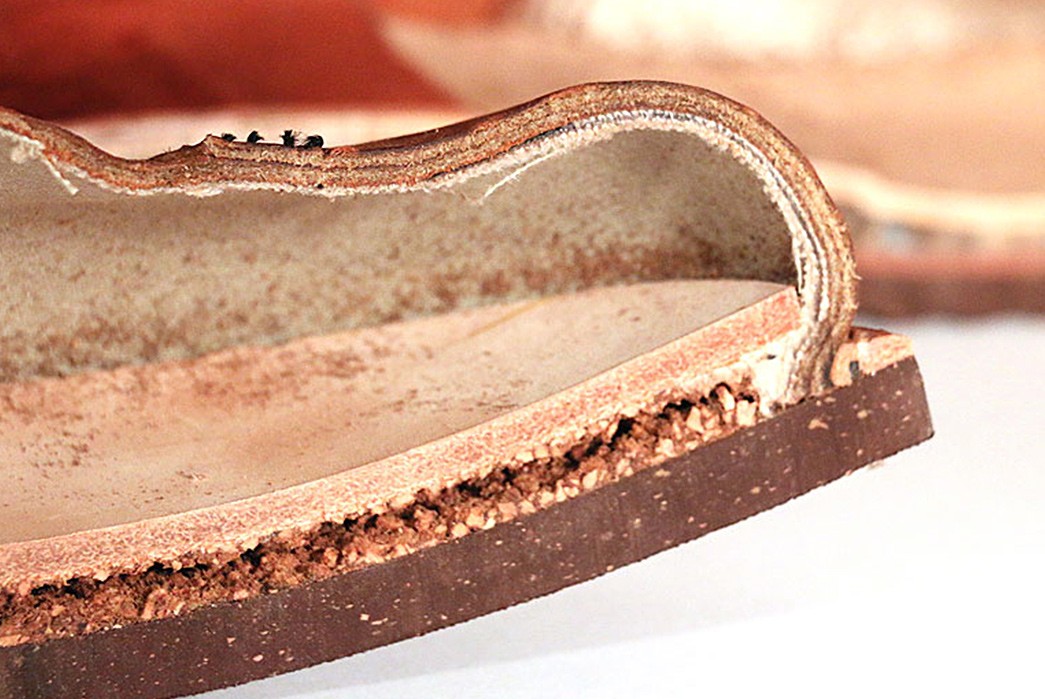
Welt visible in a bisected pair of Red Wing Iron Rangers near the very tip of the toe.
The welt is a strip of leather around the edge of the sole and to which the upper is attached. There are a number of different styles of welts, the most complicated of which are becoming more and more expensive to make. But a high quality welt can make all the difference in the world. A Goodyear welt for example should make your shoe or boot water resistant and allow for the outsole to be replaced should it wear out.
Shank
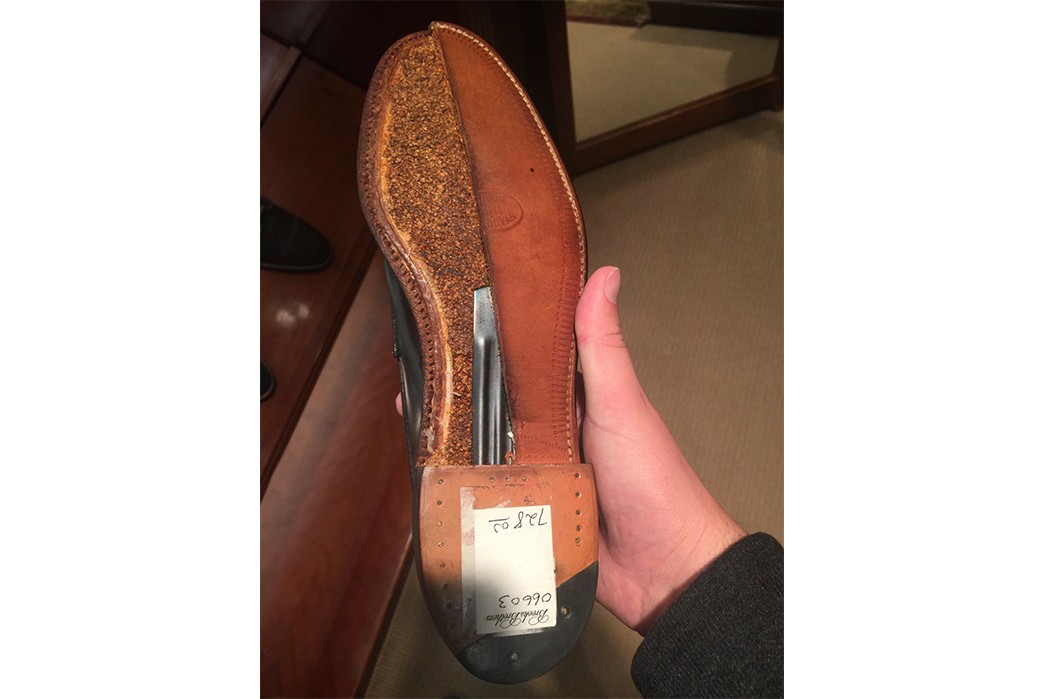
Shank inside a split pair of Aldens. Image via Alden of San Diego.
The shank is a must-have in a hard-wearing shoe or boot. It provides an integral part of the insole/outsole structure and also diminishes strain on a wearer’s heel and calf while worn. Traditionally they are made of steel, but other materials like fiberglass and kevlar can be used.
Upper
Quarter and Vamp
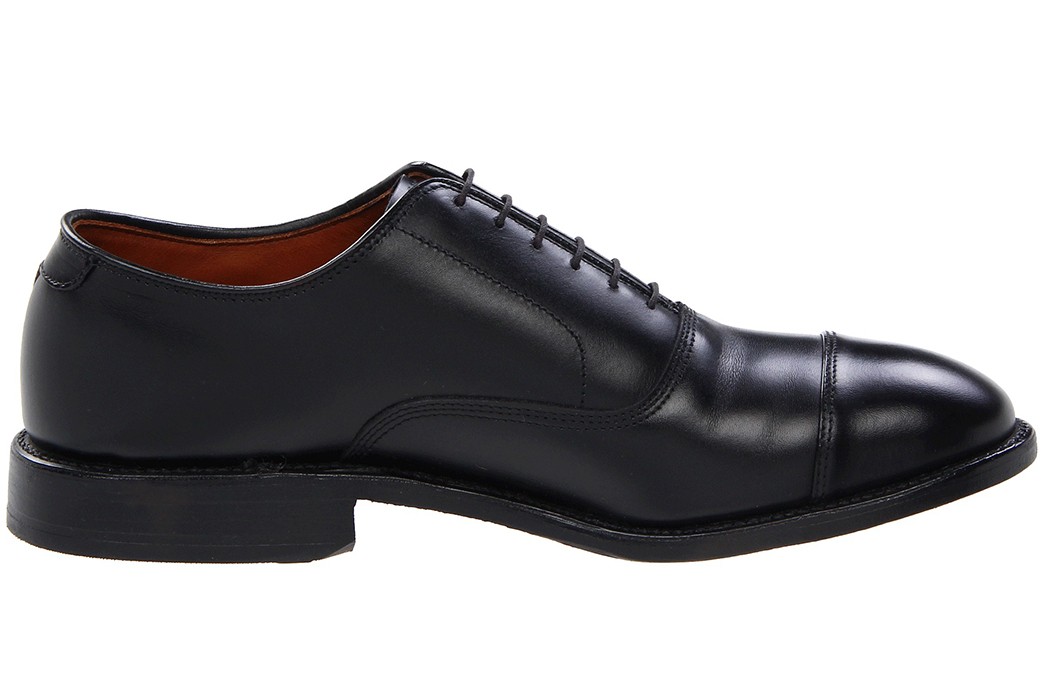
Allen Edmonds Park Avenue. Image via Zappos
In broad terms, the quarter is everything on the back end of the shoe. More specifically, it’s everything behind the heavy-duty stitching that rises from the welt near the heel and goes up to the top of the shoe in front of the lowest row of laces. On the other hand, the vamp is basically the front part of the shoe. Everything from the toe until the quarter in back.
Tongue
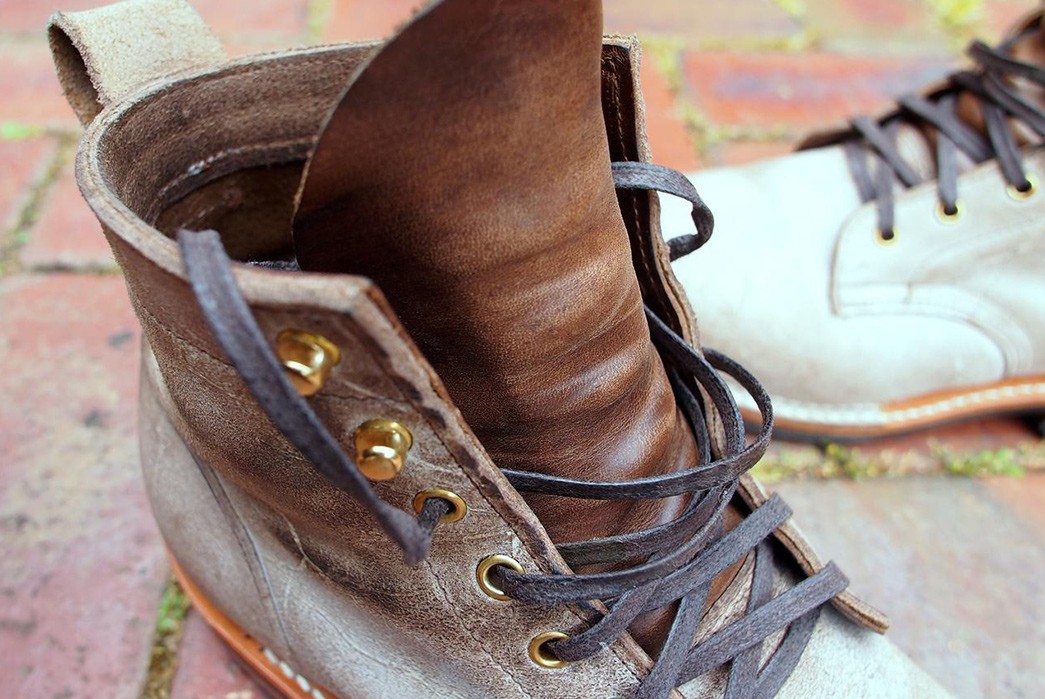
Tongue on a pair of Chromexcel Truman Boot Co. Image via Indigoshrimp.
The tongue is a flexible piece of material that covers the top of your foot and lies under that laces and quarter of the shoe. The tongue cushions the bony top part of your foot and distributes the pressure from the laces.
(Cap) Toe
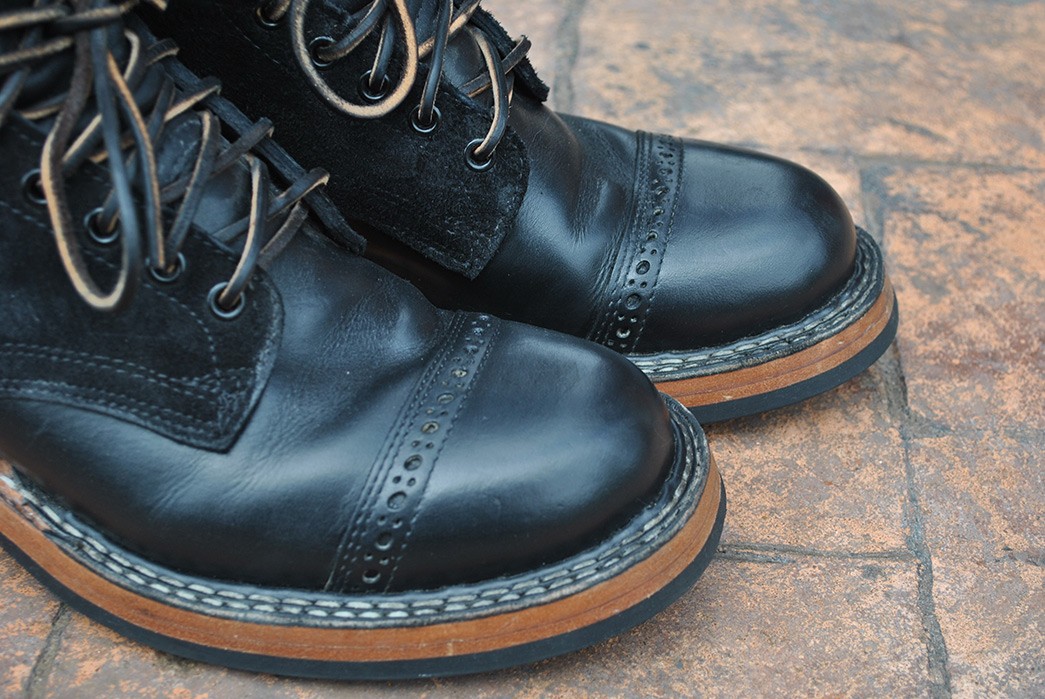
A punch-cap toe on a pair of White’s Boots. Image via DenimHQ.
Cap toe is a leather accent that can be stitched or glued to the toe of the boot. This is sometimes a purely decorative feature, but a cap can markedly reinforce the toe of your boot, which can be a very high-stress area.
Counter/Backstay
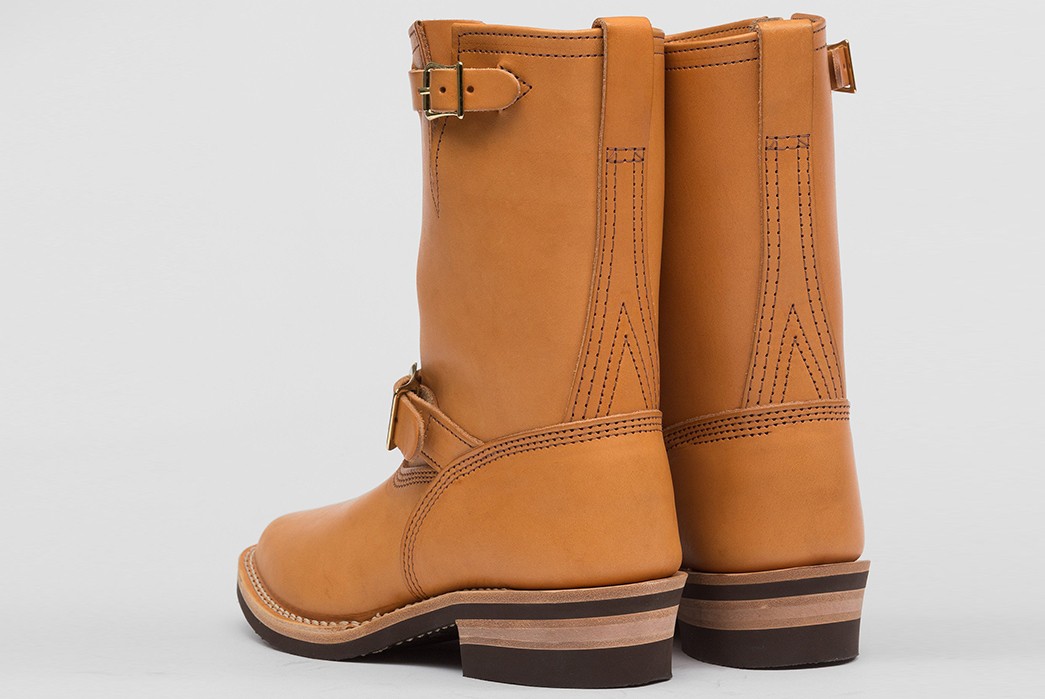
A punch-cap toe on a pair of White’s Boots. Image via DenimHQ.
The counter or backstay is a strip of leather that runs up the back of a shoe or boot. This piece of leather used for additional stability and sometimes to connect the two halves of the quarter.
Eyelets
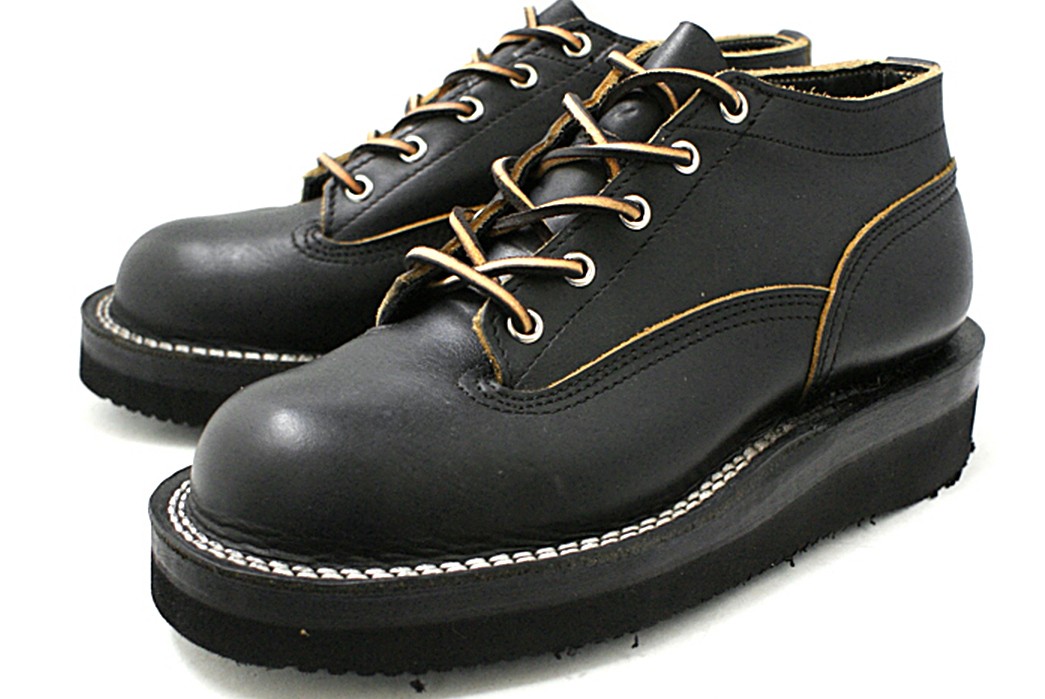
Silver eyelets on a pair of Nick’s Boots. Image via Rakuten.
Eyelets are the holes that are punched in the upper to allow the foot to be laced up. Eyelets are usually reinforced with a metal grommet to protect the structural integrity of the upper and to avoid fraying.
Speedhooks
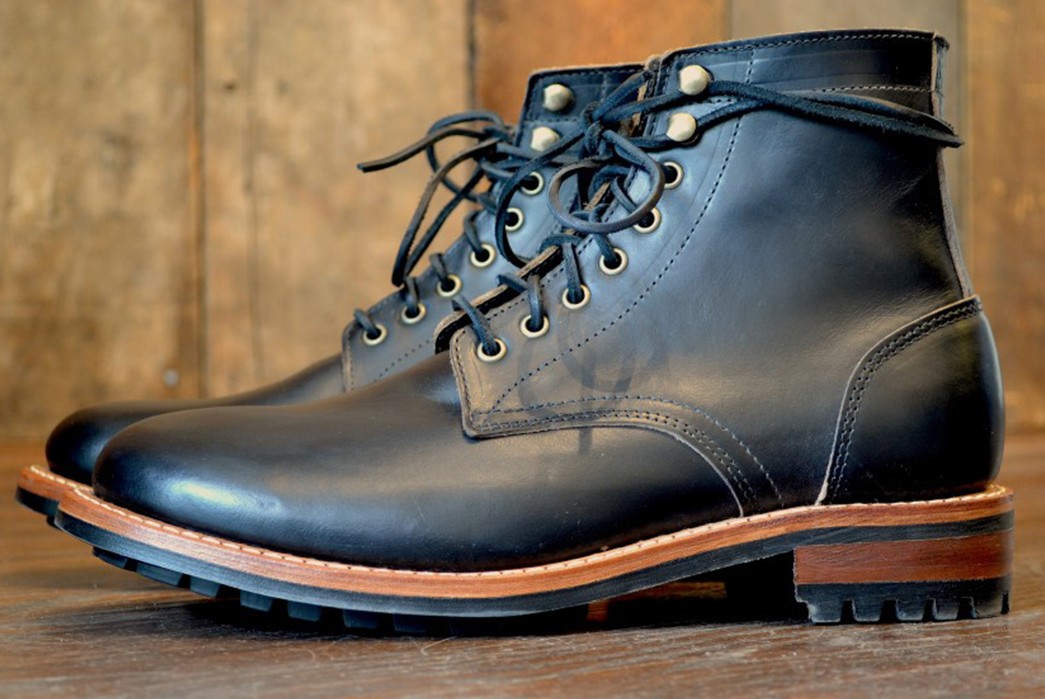
Speedhooks on the top two eyelets on a pair of Oak Street Bootmaker Trench Boots.
Speed hooks are little metal doo-hickeys that make tying your shoes so much easier. Instead of having to lace up your boot all the way to the top, you can hitch your laces over these hooks. These are also referred to as hooked eyelets.

